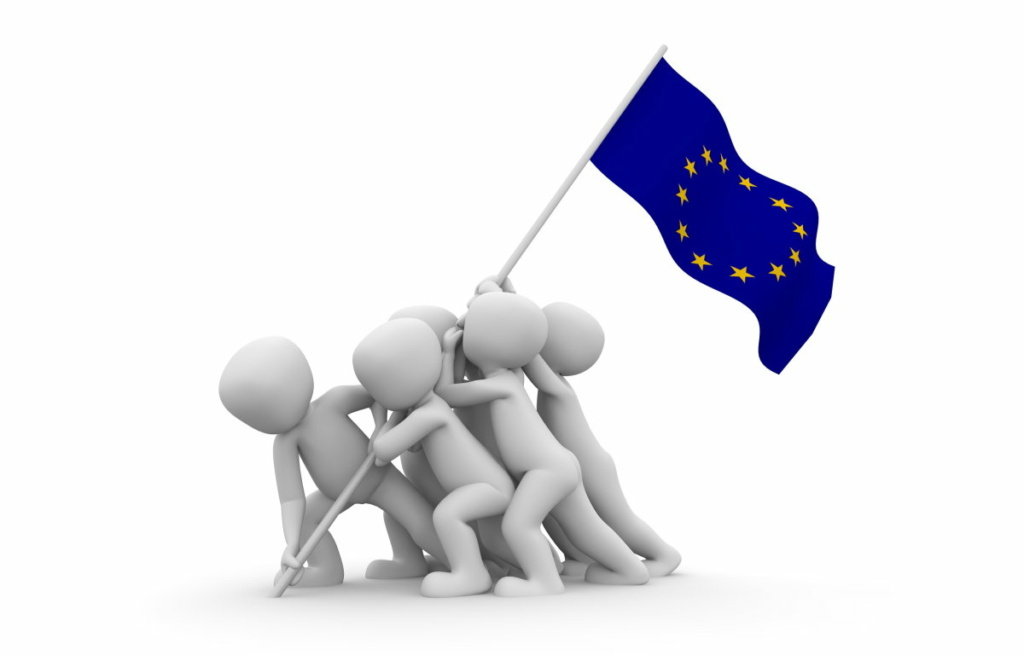Your cart is currently empty!

Nexperia-gate: Europe’s musings on strategic autonomy meet reality
The Nexperia affair once again exposes how Europe is wedged between two geopolitical giants.
The crisis at Nexperia was foretold. In a note from the Rhodium Group, published on 31 March 2025, the research firm wrote that “the US now wants to push the Hague to finish the job on the Nexperia clawback,” where the term “clawback” refers to Washington’s deployment of “various policy instruments to make it untenable for a strategic asset to remain under Chinese ownership on national security grounds.” The report ends as follows: “This clawback story appears to be approaching its climax.”
Recently published court documents prove the Rhodium Group right. Essentially, Nexperia’s Chinese owner and CEO, “Wing” Zhang Xuezheng, would have to relinquish control for the company to escape American export controls. Only upon his exit would the US consider designating Nexperia as a Dutch entity.
There’s no justification for what Zhang did next, but if the roles were reversed, the West would cry foul. The Dutch government says there was no US involvement in the decision to seize control of the chipmaker. It may not have been a dictate from Washington, but what happened at Nexperia is a direct result of US ‘clawback policy’.
And so, we’re confronted with a reality in which a mouthpiece of the Chinese Communist Party speaks an uncomfortable amount of truth. “It’s obvious to anyone with clear judgment that this is a serious harassment of a chip company controlled by Chinese enterprises by the Dutch government under the pretext of a fabricated ‘national security’ concern,” the Global Times wrote. US firms are allowed to sell highly advanced AI chips to China if they hand over some of the profit to the US government, but a Dutch-Chinese outfit manufacturing electronic ‘nuts and bolts’ is run into the ground.
The Nexperia affair once again exposes how Europe is wedged between two geopolitical giants. The United States has made the securitization of technology supply chains a cornerstone of its strategy to contain China’s rise, and European countries – particularly those with critical semiconductor assets, like the Netherlands – are under mounting pressure to fall in line. At the same time, Europe’s economic and industrial interests are deeply intertwined with China’s vast market and manufacturing ecosystem.
Caught in this crossfire, European governments are discovering how little room for maneuvering they truly have. Washington’s export control regime and its ‘de-risking’ rhetoric demand loyalty from allies, while Beijing frames any European compliance as proof of subservience to the US. The Nexperia case underscores how European notions of ‘strategic autonomy’ clash with the hard realities of an increasingly bipolar world. Whether the issue is chips, AI or green technology, Europe is being forced to pick sides in a vicious contest in which it’s barely a player.
The fallout isn’t limited to a geopolitical clobbering for Europe. The future of Nexperia is all but certain now that the firm’s front-end manufacturing seems to be cut off from its assembly operations in China – reportedly, 80 percent of Nexperia’s chips are packaged and shipped from mainland China. Shortages of components for which there are no shoe-in replacements might emerge, causing significant economic damage downstream. Once again, we might see parking lots filling up with cars that can’t be sold because a few humble chips aren’t available.
What would be worse: that Washington didn’t even consider these consequences, or that it did, but it’s fine with it?


